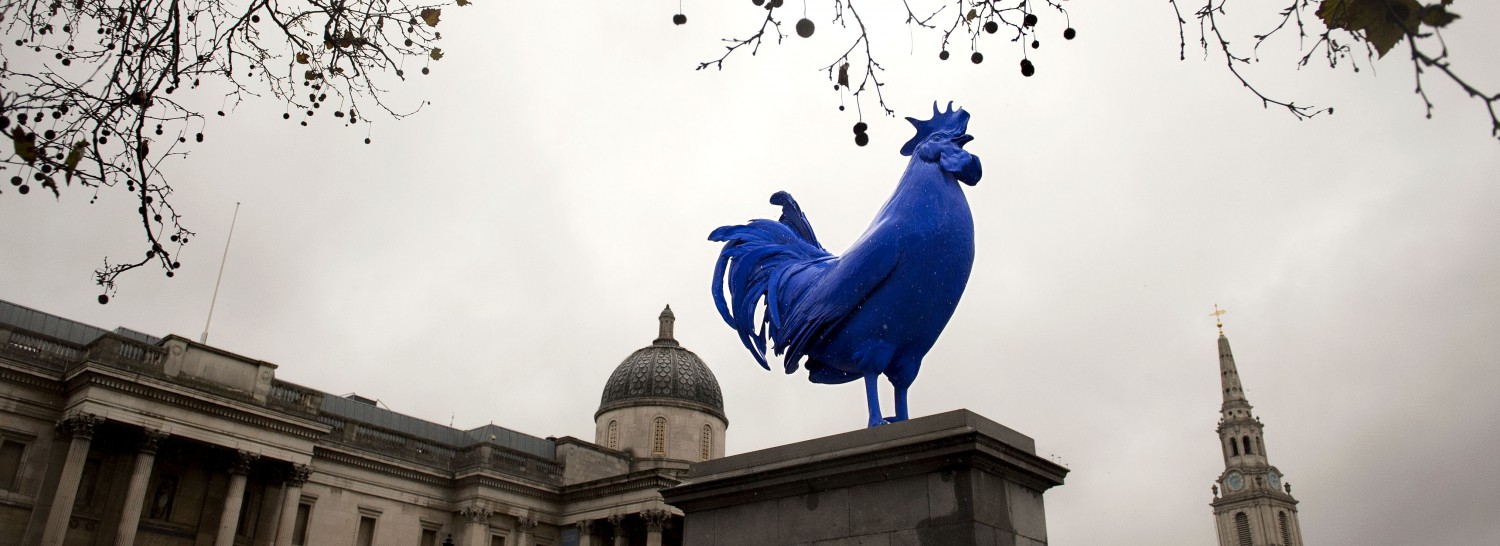Diarmuid Costello (Warwick):
Wrongful, Degrading, or Merely Indecent? Exploitation in Three Works by Santiago Sierra
Thursday, 07 March 2024, 15:00-17:00
Main Birkbeck Building, Malet Street, Room G13 (Click to register)
.
This event is presented by the London Aesthetics Forum and the Birkbeck Philosophy Society.
.
I will present some work in progress from a project taking individual works of contemporary art as spurs to philosophical reflection. I call the associated method ‘philosophical criticism:’ after clarifying how I understand this, and how I take it to depart from more common ways of doing the philosophy of art, I focus on several works by the controversial contemporary Spanish artist Santiago Sierra:
160cm line tattooed on four people (Salamanca, 2000)
133 People Paid to have their hair dyed blond (Venice, 2001)
Workers who cannot be paid remunerated to remain inside cardboard boxes (Berlin, 2002)
These ‘remunerated actions’ involve paying minimal wages to people to do things about which we may feel considerable moral disquiet: paying heroin addicted prostitutes the price of their next shot to have their backs permanently tattooed; paying asylum seekers who cannot legally be paid to sit under cardboard boxes for the duration of an exhibition; paying the immigrant street vendors selling fake merchandise on the streets of Venice to have their hair dyed an incongruous peroxide blond so that they started popping out all over the city. If paying freely consenting adults the minimum wage to do such things is indeed wrong, why is that? One oft-heard charge is that such practices are exploitative, understood in a morally thick sense: that is, wrongly exploitative. But if they are what makes them so? I consider several possibilities here: that they take unfair advantage of a vulnerability in circumstances in which one should rescind from doing so (Goodin); that they extract excessive benefits from those whose desperation prevents them refusing an indecent proposal (Valdman); that their failure to respect or even recognize the dignity of those exploited is degrading (Sample). Do any of these views speak to what is going on here? One difficulty with applying such approaches to art is the apparent assumption that exploitation is a two term relation, between a putative exploiter and their prey, when works of art involving such activities would seem to implicate (at least) a three way relation: between the parties to the original transaction and those for whose edification that transaction is apparently staged, namely us. I shall close by considering what, if any, difference this should make to whether we take the practices in question to be wrong and — if we do so take them — what implications, if any, this has for our judgement of their value as art.
.
This talk will run about 60 mins, followed by 60 mins of discussion. Please refer to our guidelines for Q&A.
.
.
Following NHS guidance, all attendees are strongly encouraged to be vaccinated (including boosters) against Covid-19, unless medically exempt. Our group is diverse; please continue to be considerate of those who wear face coverings and those who don’t. Thank you.

